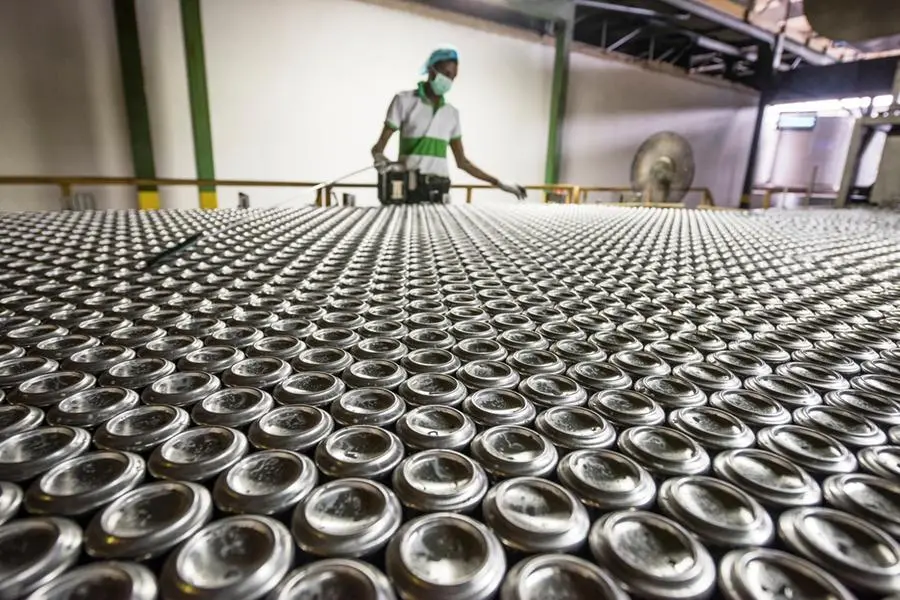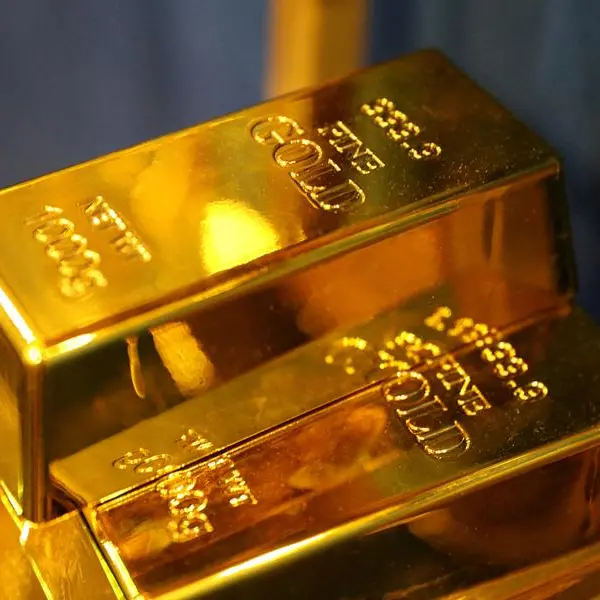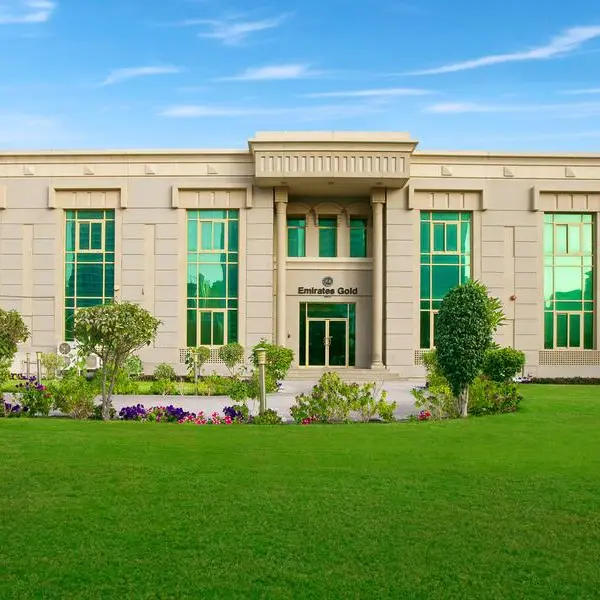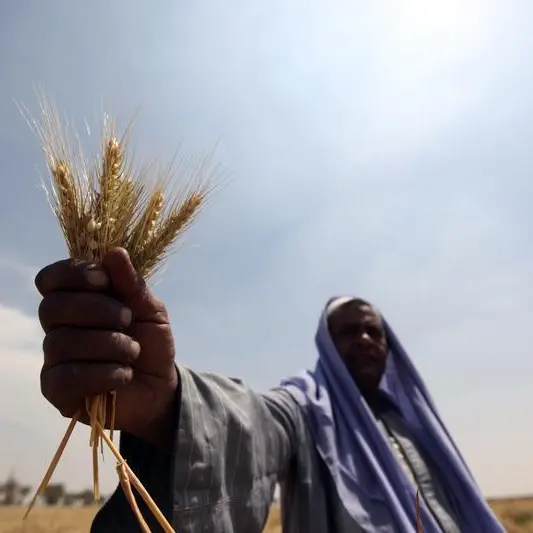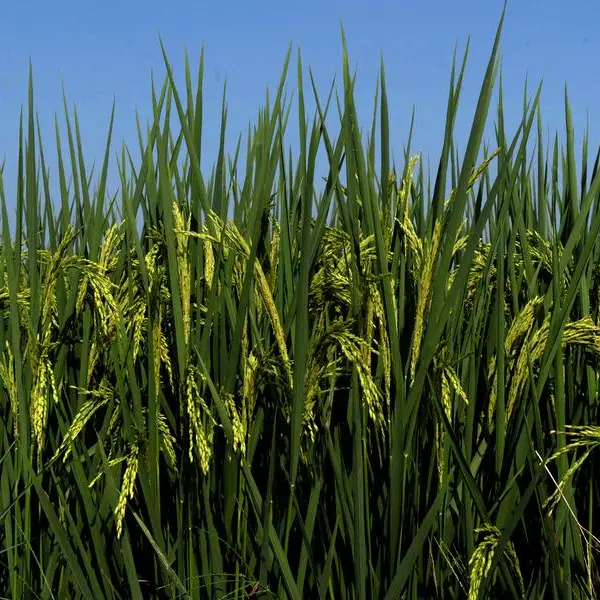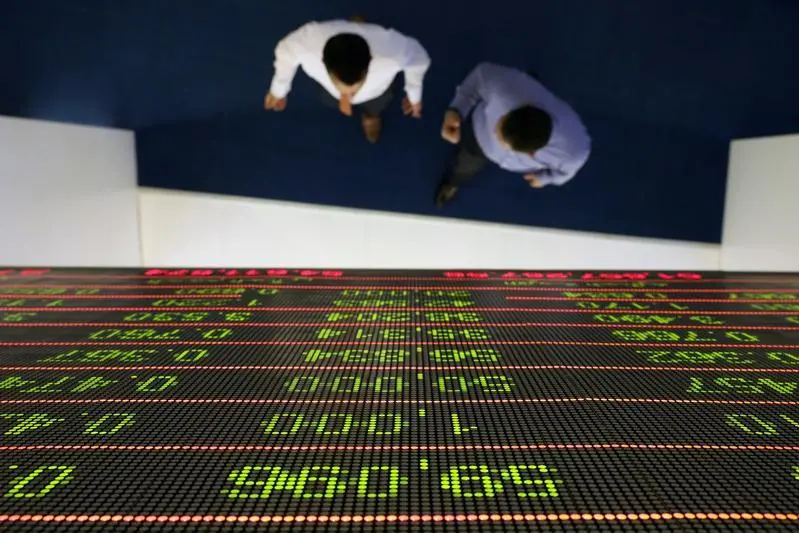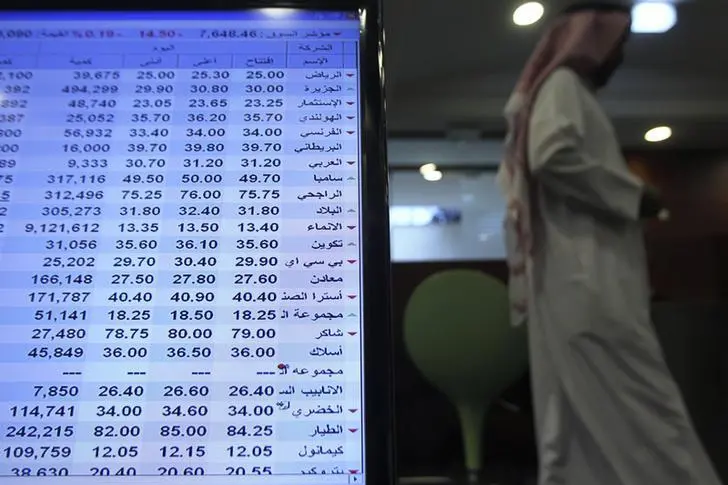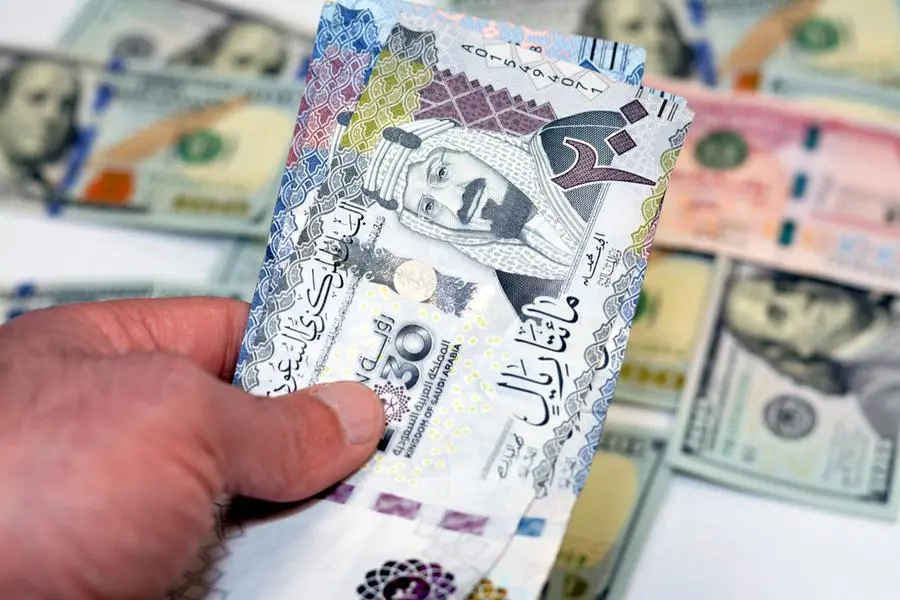PHOTO
The world's primary aluminium production in May experienced a month-on-month increase of 3.86% to repossess the 6 million tonnes level. This monthly growth followed a decline in April by 3% from 6.1 million tonnes to 5.9 million tonnes.
As per the latest data revealed by the International Aluminium Institute, the global primary aluminium production in May amounted to 6.134 million tonnes, the highest in the past five months and up 3.44 per cent from 5.93 million tonnes a year ago.
The daily average production in May was 197,900 tonnes, an increase of 0.51 per cent from 196,900 tonnes in April and up by 3.45 per cent from 191,300 tonnes in May 2023.
The upstream aluminium sector (encompassing bauxite, alumina, and primary aluminium) recorded some significant milestones this week in terms of production, trading, inventories, and market developments.
Some of the key highlights of the week are: China’s 2-year high production, world’s primary aluminium production exceeding 6 million tonnes, Iran’s steady metal output in the first two months of FY2025, Vedanta’s strategic plans to face the EU’s CBAM tariff, Italy’s proposition to enhance procurement and reprocessing of critical raw materials and discovery of valuable minerals in the Malaysian state of Sarawak.
As part of a strategic shift from imported raw materials to domestic products, particularly from China, Italy has outlined a comprehensive action plan, such streamlining permitting procedure designed to accelerate the release of mining concessions.
Italy estimates to domestically source 16 out of 34 raw materials deemed critical by the European Union, including lithium and bauxite.
In early June, accumulated inventory of alumina at aluminium smelters across China stood at 2.8815 million tonnes.
While some smelters in the Northwest Chinese regions, such as Ningxia, Qinghai, Gansu, and Xinjiang, had lower in-plant alumina inventories due to considerable orders, some smelters had relatively stable inventories for sluggish buying sentiment.
In May, China’s primary aluminium production reached a 2-year high of 3.65 million tonnes as smelters in Yunnan resumed operations due to replenished hydropower reserves because of heavy rains.
Insights from Bloomberg Intelligence (BI), a trusted source in the financial industry, indicate that an additional 330,000 tonnes of capacity is expected to resume in Yunnan this month.
With the resumption of other capacities in China, the country’s annual aluminium operating capacity is anticipated to reach 3.27 million tonnes by the end of June. This incessant rise in production is also expected to leave an impact on domestic aluminium prices, according to SMM.
Meanwhile in Malaysia, Datuk Amar Awang Tengah Ali Hasan, Deputy Premier of Sarawak, has disclosed that the state possesses valuable minerals estimated at RM1.25 trillion.
This discovery positions Sarawak as a potential player in the mining industry, capable of generating substantial economic benefits.
Among the high-value minerals identified in Sarawak are gold, silica, and bauxite, all of which are in high demand across various industries, promising to pave the way for economic growth in the region.
According to the latest data revealed by the Iranian Mines and Mining Distribution Development and Renovation Organization (IMIDRO), Iran’s aluminium ingot production during the first two months of FY2024-2025 (March 20-May 21) saw a slight drop of 0.44% year-on-year.
From 112,767 tonnes in April and May 2023, Iran’s primary aluminium production grew to 112,273 tonnes this year.
The European Union’s Carbon Border Adjustment Mechanism (CBAM) tariff, designed to regulate the import of carbon-intensive products, is set to come into effect in January 2026. In preparation, the European Union has already begun requesting reports on the carbon emissions of goods exported to the EU.
Vedanta Aluminium is filing reports on its Scope 1 emissions, which states that the company is progressively reducing greenhouse gas intensity through conscious efforts like including renewable energy in the power mix, expanding the usage of biofuels for smelting aluminium, and deploying India’s largest fleet of electric forklifts across their operations.
Rio Tinto will invest $165 million in its Grande-Baie aluminium smelter to refurbish two anode baking furnaces that have reached the end of their useful life.
The company will also carry out feasibility studies for the eventual replacement of the scrubbers and overhead bridge cranes at the anode production centre.
The work to rebuild the concrete shell and refractory lining of the anode baking furnaces will be carried out over two years, in 2025 and 2026. The new equipment will ensure a competitive supply of anodes to the Grande-Baie and Laterrière plants for decades to come.
Copyright 2024 Al Hilal Publishing and Marketing Group Provided by SyndiGate Media Inc. (Syndigate.info).
